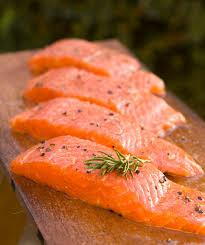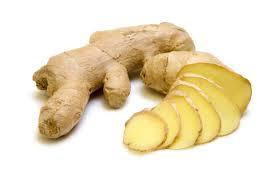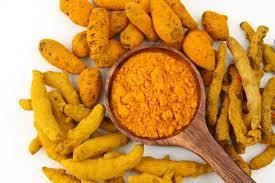
For those who live with chronic pain and inflammation, everything feels difficult. Inflammation which a leading cause of pain in our joints can be caused by many different things such as repetitive stress like throwing a baseball 100 times or a damaging collision such as a fall or auto accident. Many people are not aware that eating processed foods can actually exacerbate your symptoms by creating more inflammation throughout your body. This inflammation can not only lead to more pain but inflammation is often increased in many of our chronic conditions such as high blood pressure, heart disease, and diabetes.
There is good news, though. A handful of foods — many of them quite tasty — can actually reduce inflammation in the body and eliminate pain.
Chronic pain in America
According to the Institute of Medicine of The National Academies, more than 100 million Americans suffer from chronic pain, which is distinct from acute pain. Acute pain serves the purpose of alerting you to the need to take care of an injury; chronic pain persists over time.
According to PainMed.org, “Pain signals keep firing in the nervous system for weeks, months, even years.” Chronic pain can occur anywhere, and symptoms vary from individual to individual; but typical complaints include back pain, headaches, arthritis or joint-related pain, stomach pain, and neurogenic pain.
Ease pain with these foods
Thankfully, there are ways to combat chronic pain even without drugs or invasive procedures. In many situations, you can experience relief by eating some of the following anti-inflammatory foods.
• Red cherries. For arthritis and chronic muscle pain, the ruby red phytonutrients in cherries can be a lifesaver. These incredibly powerful antioxidants inhibit pain enzymes — similar to the effects of an over-the-counter NSAID — as well as block inflammation. Doctors suggest you eat two or three servings of red cherries each day to maximize results.
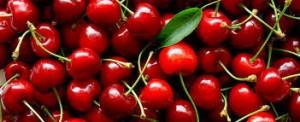
• Fatty fish. Fatty fish like salmon, trout, tuna, and mackerel are high in omega-3 fatty acids, which have been shown to reduce inflammation and prevent the risk of heart disease by as much as 23 percent. For optimal results, researchers suggest eating several servings throughout the week and to bake or broil the fish, as opposed to frying.
• Ginger. For sore muscles, migraines, arthritis pain, or stomach issues, a small amount of ginger can do wonders. It blocks pain, reduces inflammation, and even eases sickness and nausea. One of the many great things about ginger is that there are dozens of ways to incorporate it into your diet. Many people enjoy making ginger tea or grating ginger root into salads.
• Turmeric. This spice has been shown to speed up digestion, but it’s also celebrated for its anti-inflammatory properties. A substance contained within turmeric root, curcumin, actively protects the body from inflammation and even preserves healthy nerve-cell function. Turmeric is another one of those versatile spices and can be used in salad dressing, in soups, with vegetables, and alongside black pepper for seasoning.
• Red grapes. Many sufferers of chronic pain have found relief from consumption of red grapes. They contain a chemical compound, resveratrol, which is known to provide anti-inflammatory benefits and actively stops some cells from responding to inflammation and pain signals. In the summer, frozen grapes can make for a nice treat or afternoon snack.
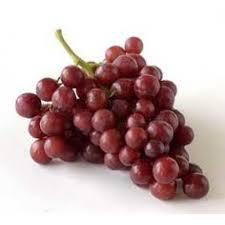
• Kale. While it may not be as tasty as red cherries or grapes, kale is believed to be just as powerful at combatting inflammation and chronic pain. This dark leafy green veggie — as well as similar plants, such as spinach and broccoli — contains a high concentration of calcium, iron, and powerful phytochemicals, which empower it to reduce pain in the body.
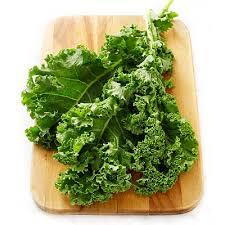
If you are someone how is suffering from chronic inflammation or even a battle of acute inflammation please consider these natural forms of reducing inflammation. Chances are you have taken ibuprofen or other nsaids trying to accomplish the same goal of bringing down inflammation whether you knew it or not. the best part about these natural anti inflammatory foods are their side effects actually improve your help as appose to Ibuprofen’s negative side effects. Here is a quick list of potential side effects of Ibuprofen: upset stomach, mild heartburn, nausea, vomiting;. bloating, gas, diarrhea, constipation;. dizziness, headache, heartburn and damage to the kidneys and liver. Check here for the full lists of side effects.
Next blog we will discuss some of the foods you should avoid eating that can actually increase inflammation.

